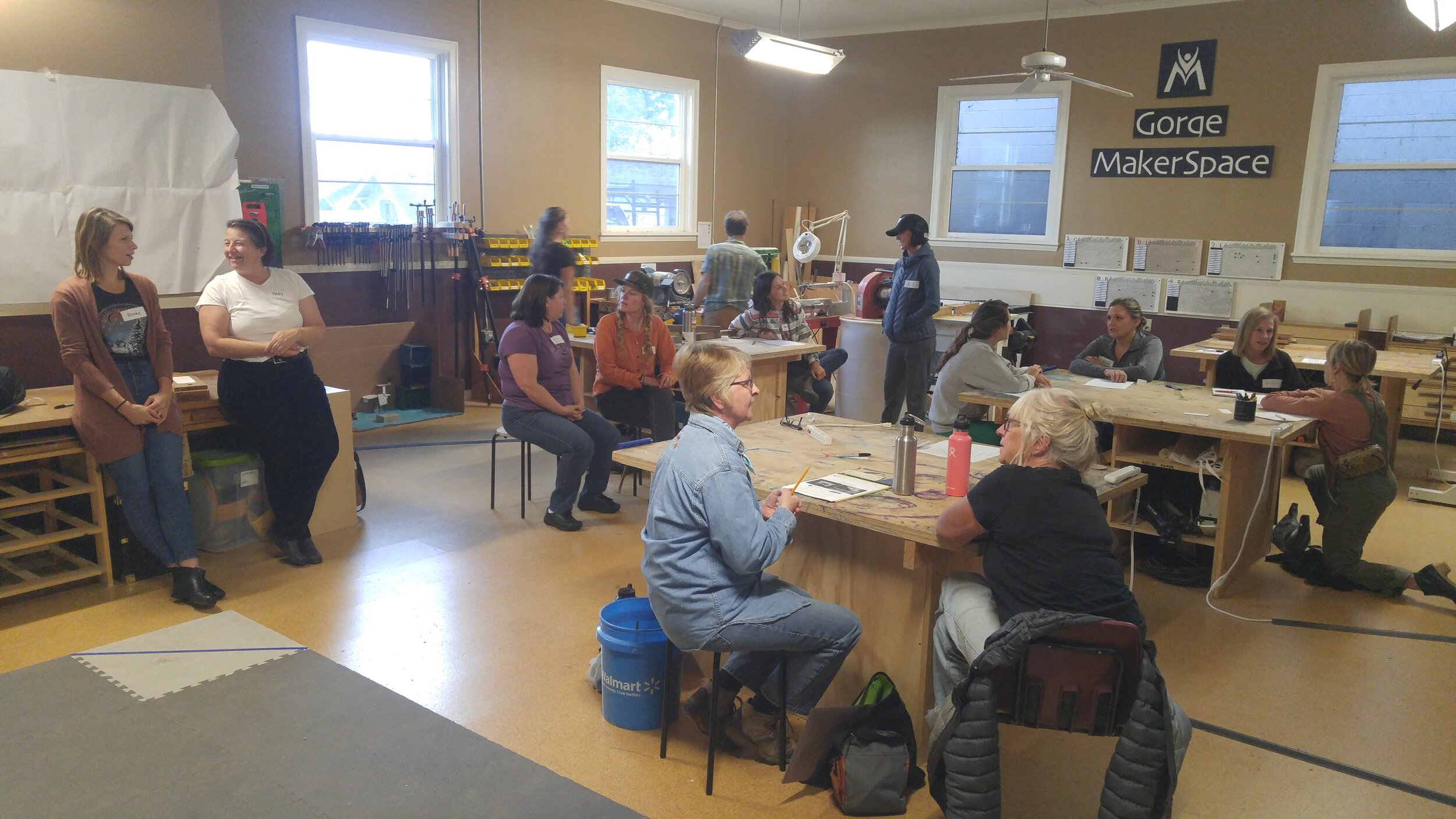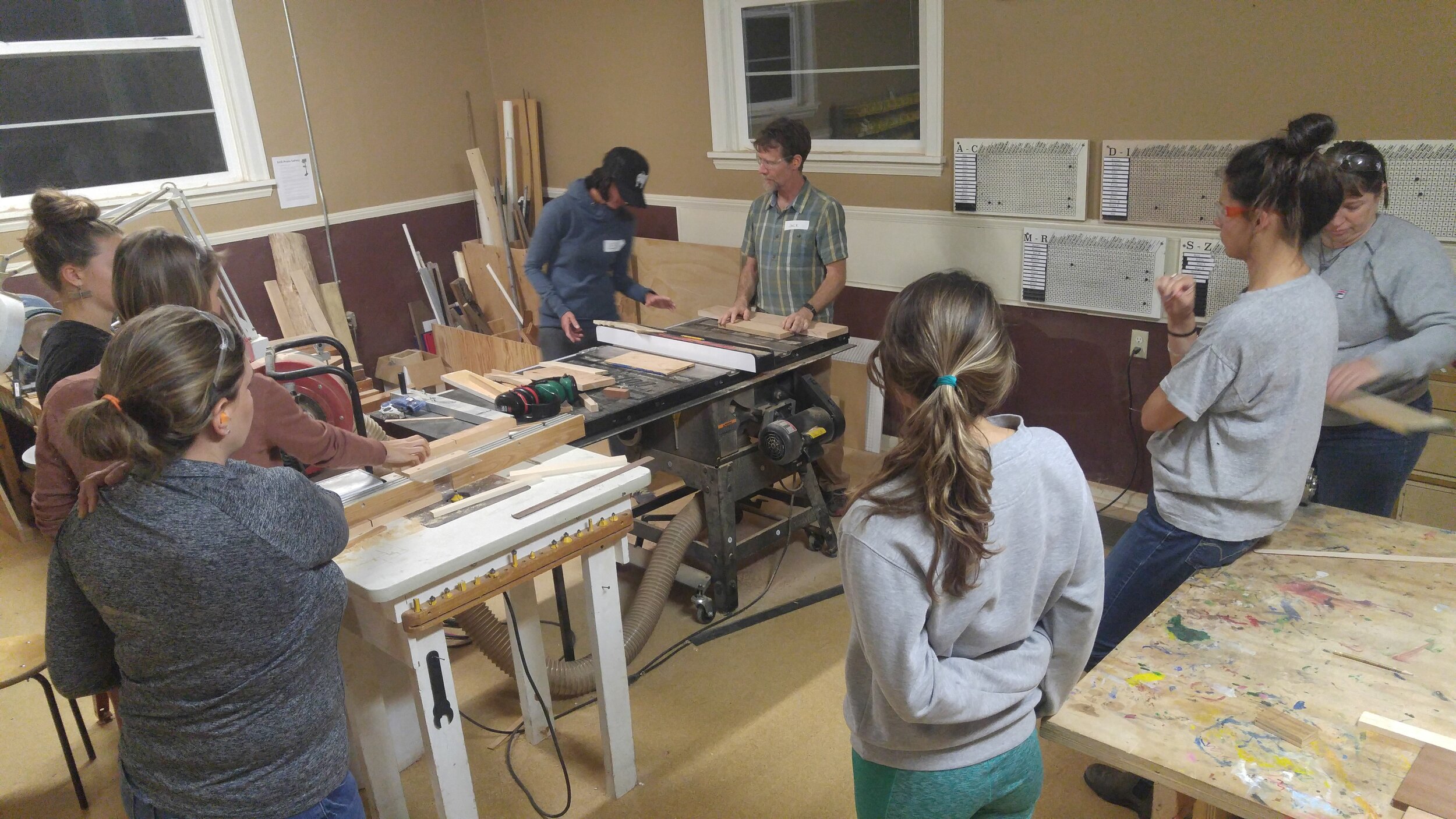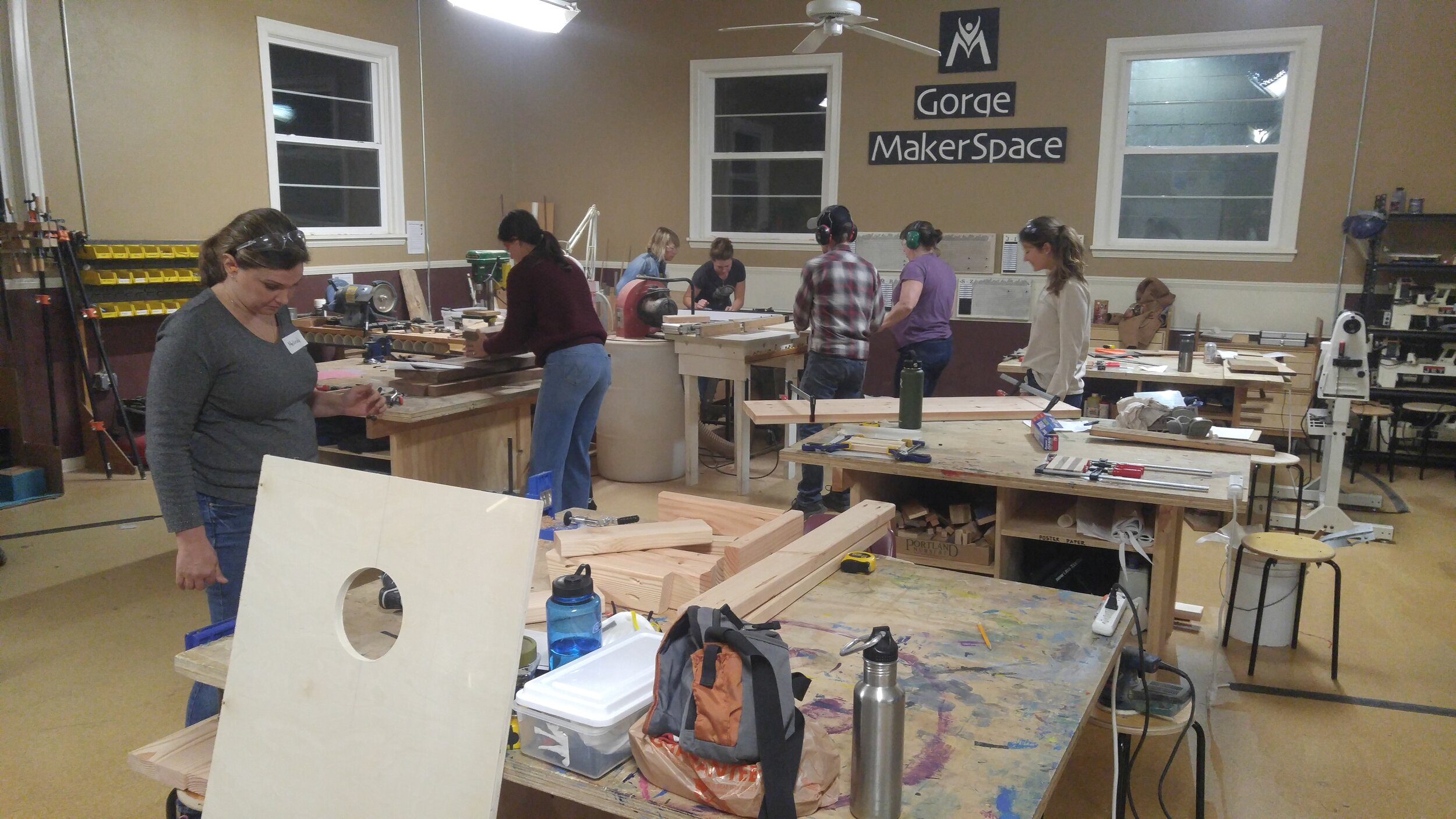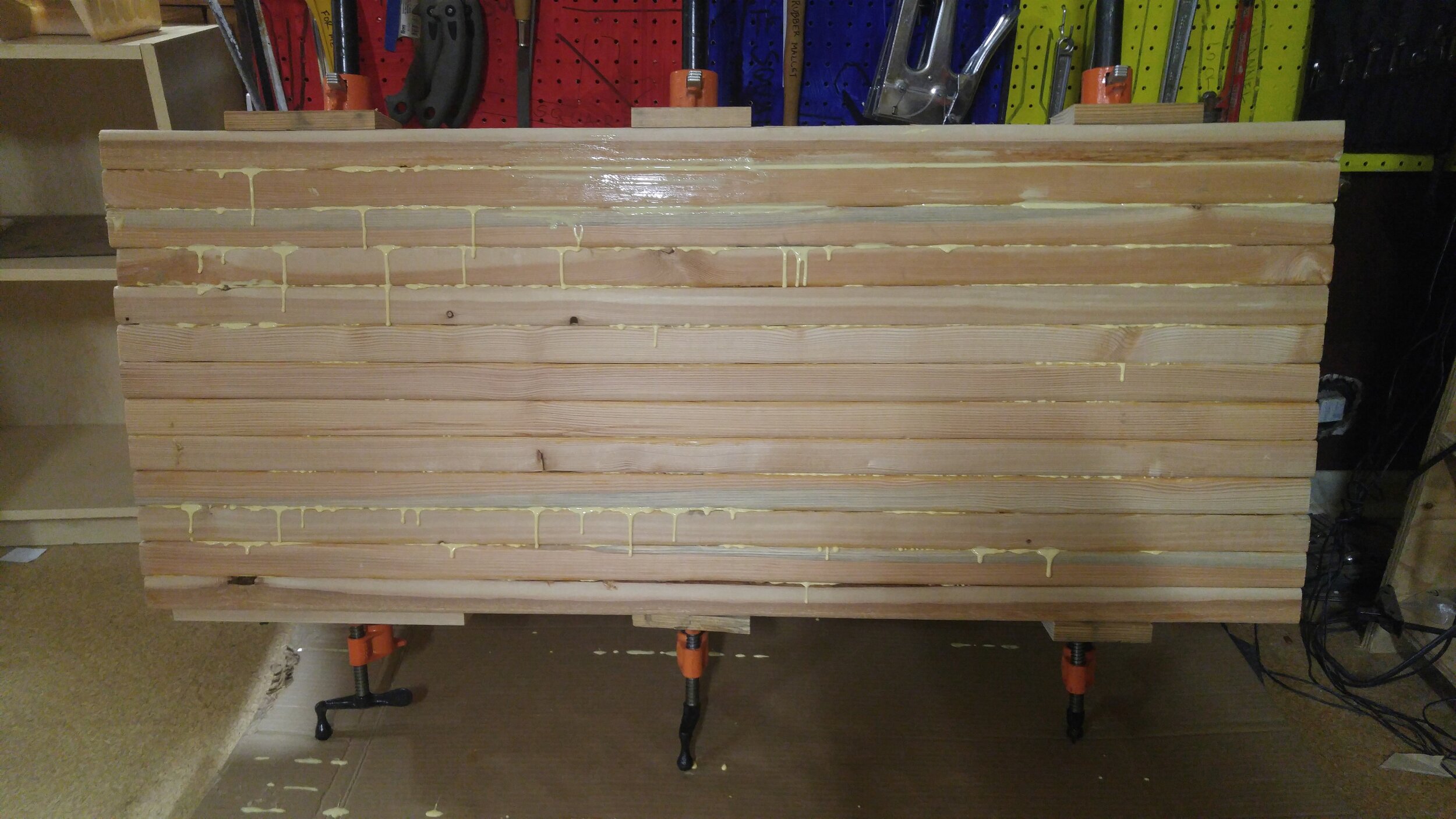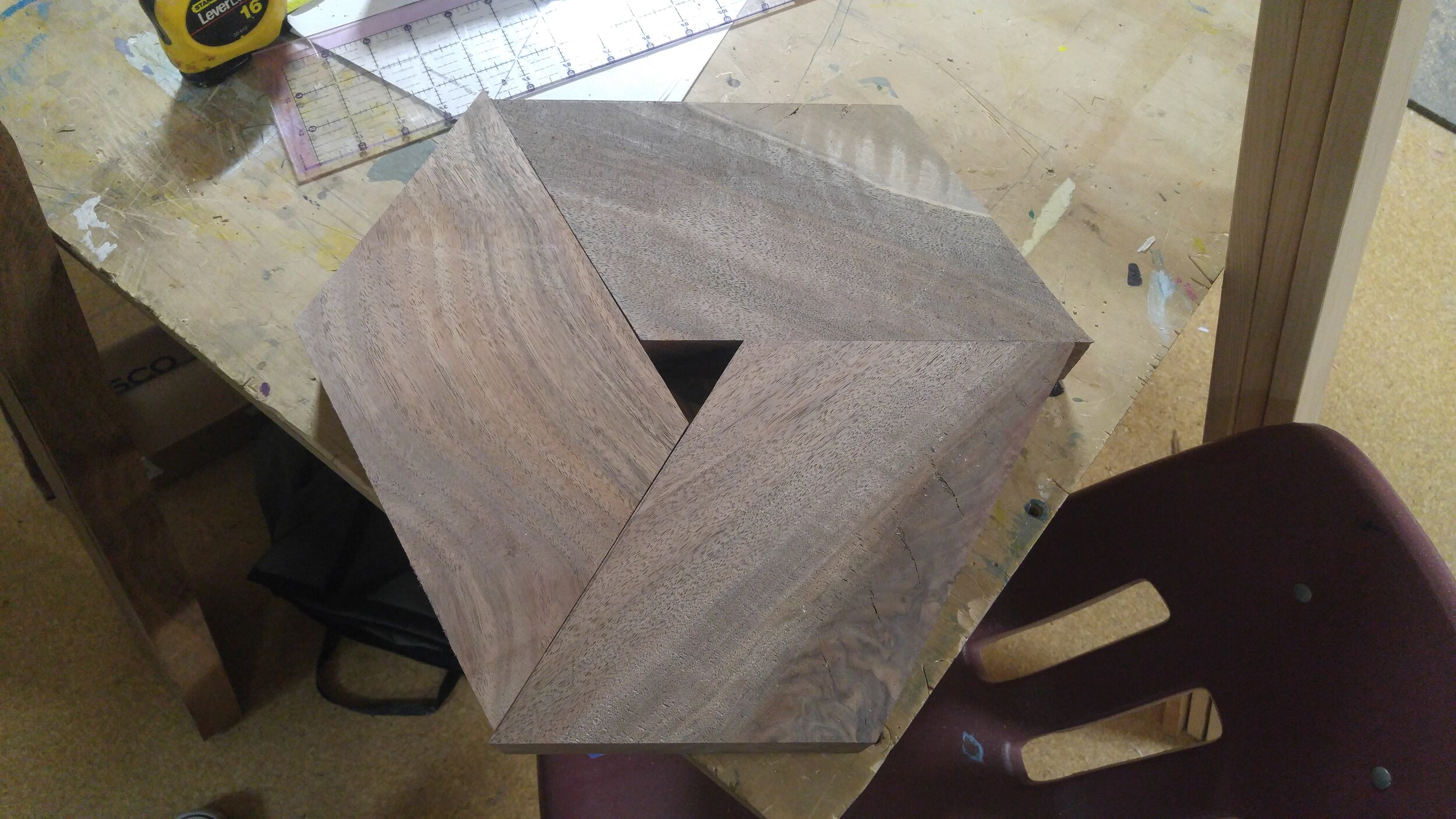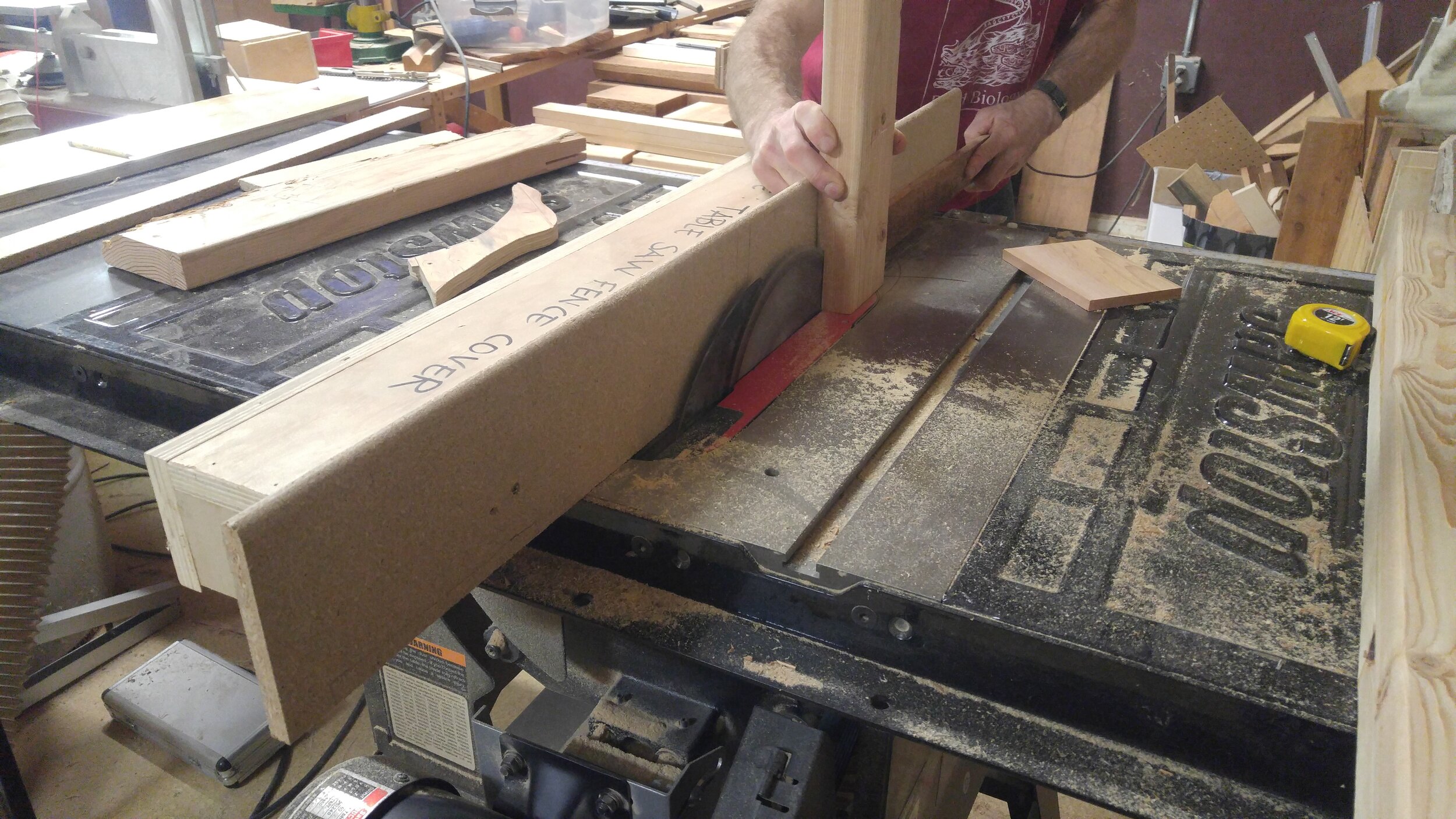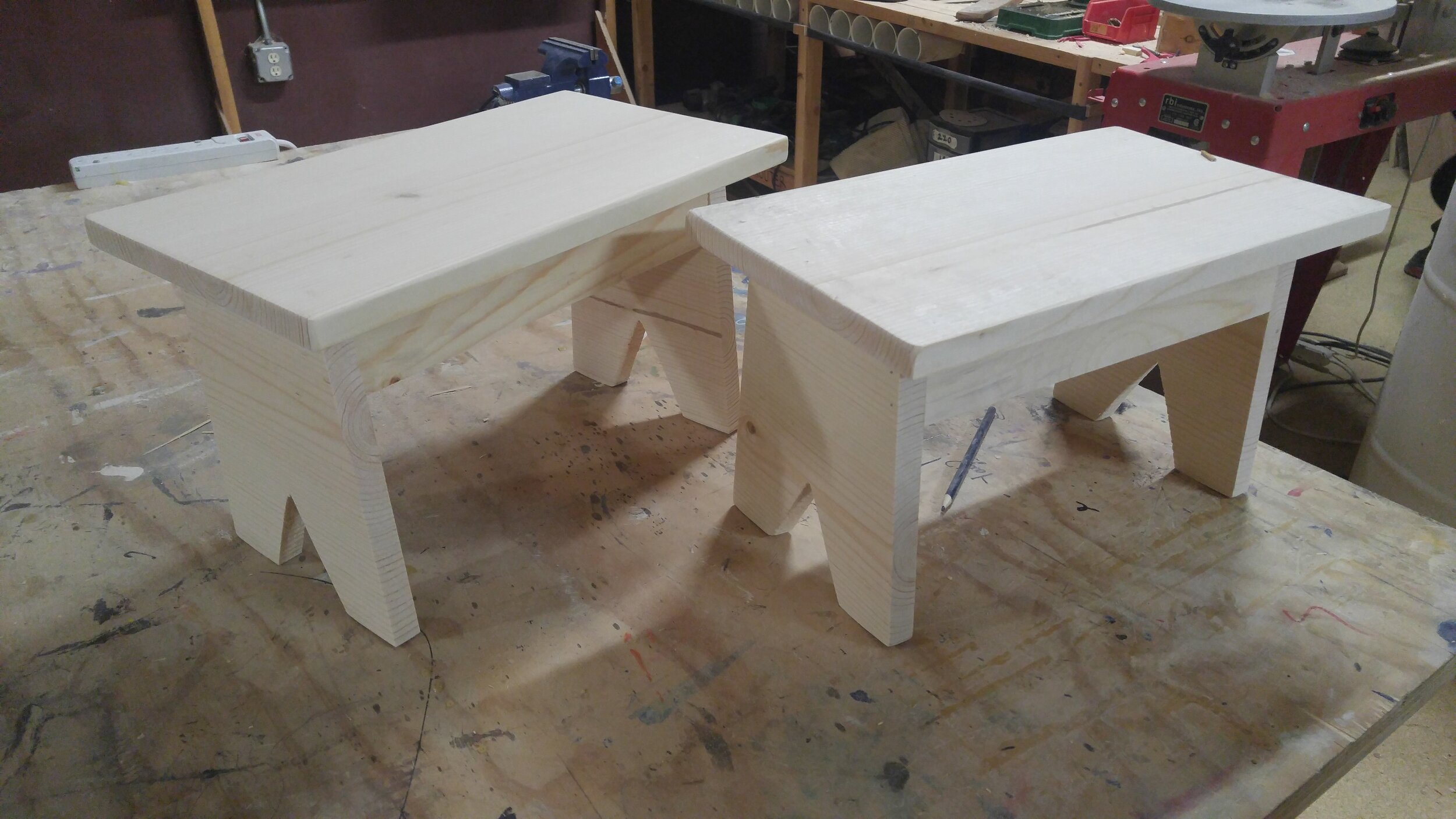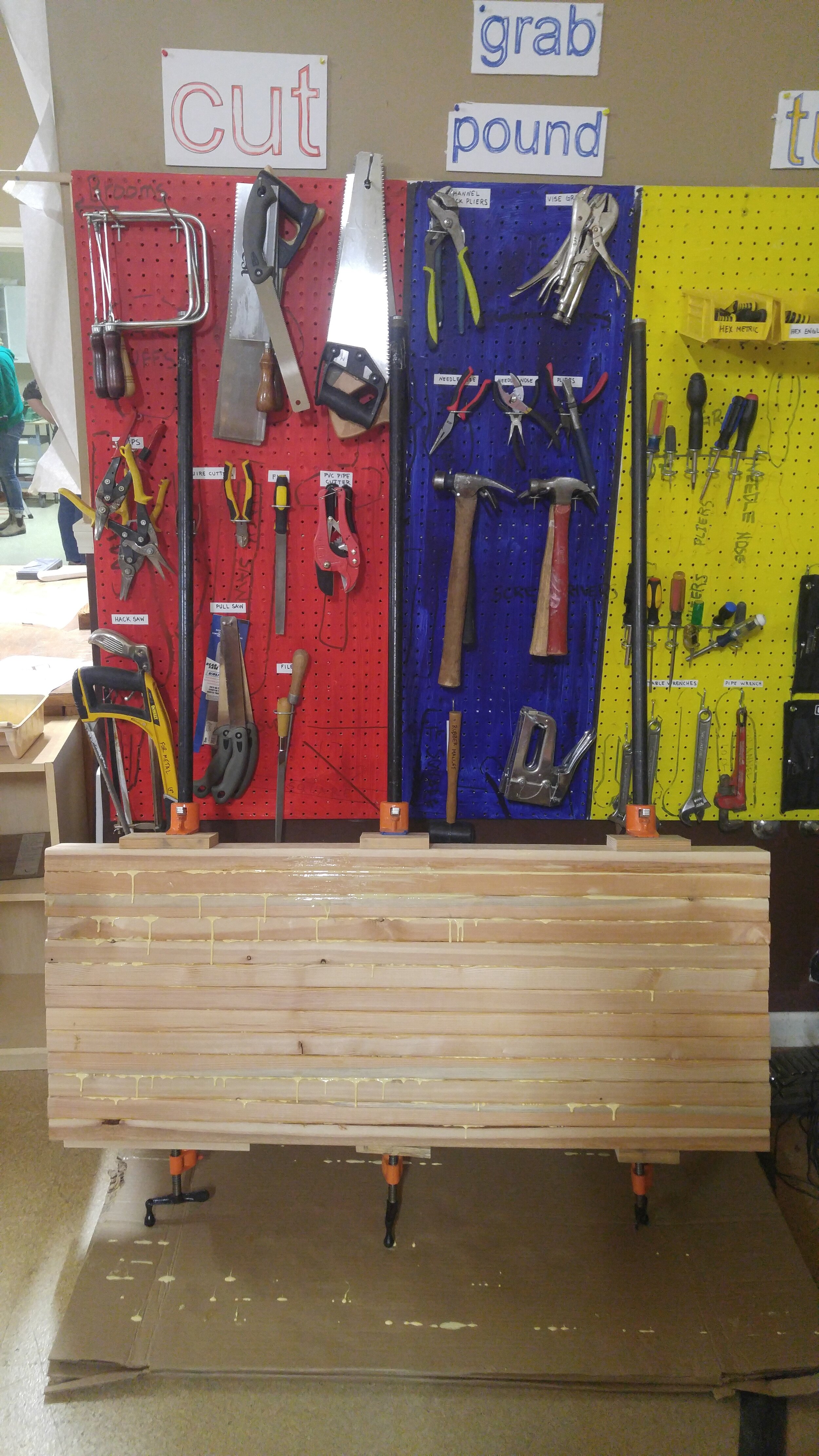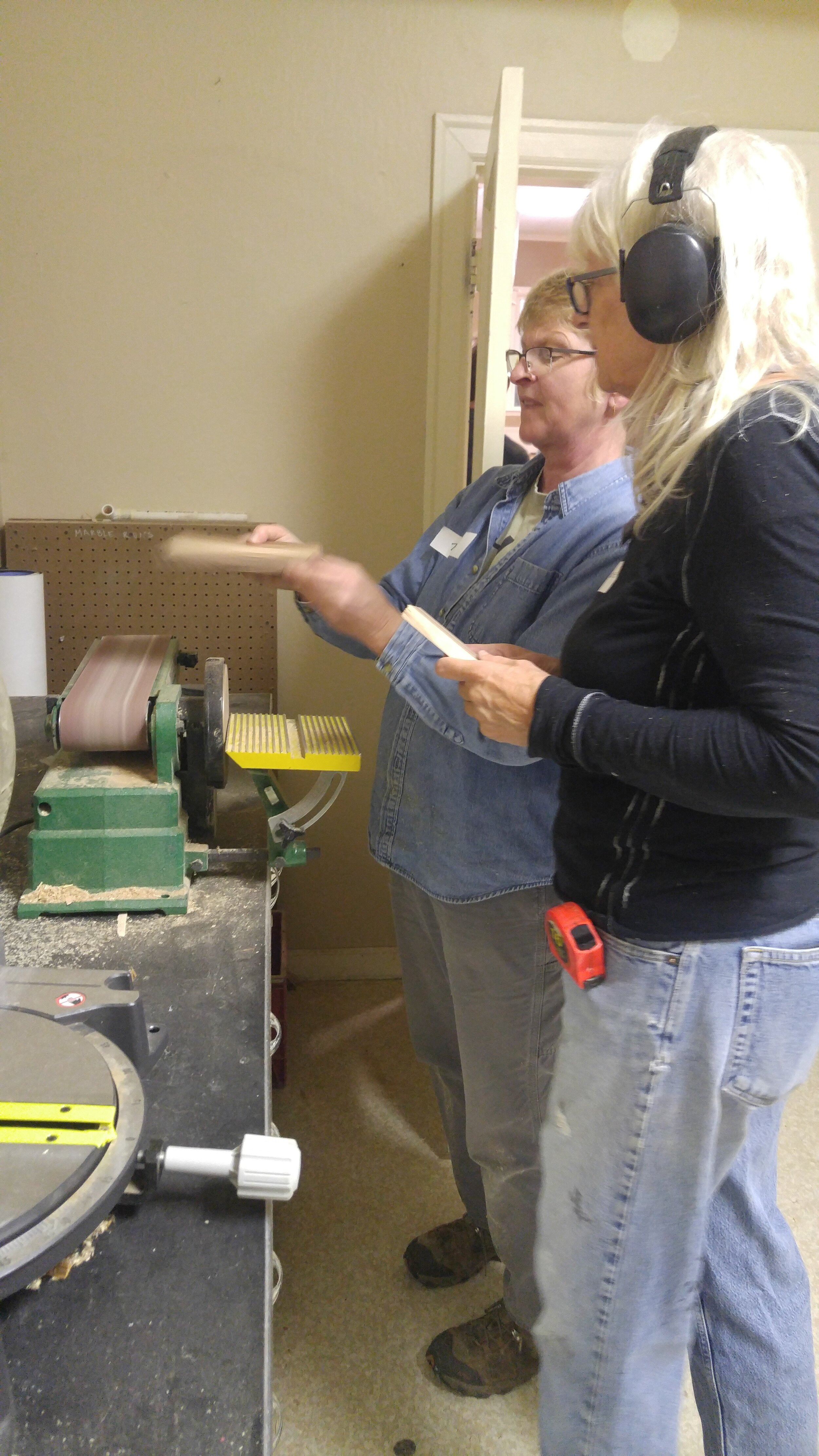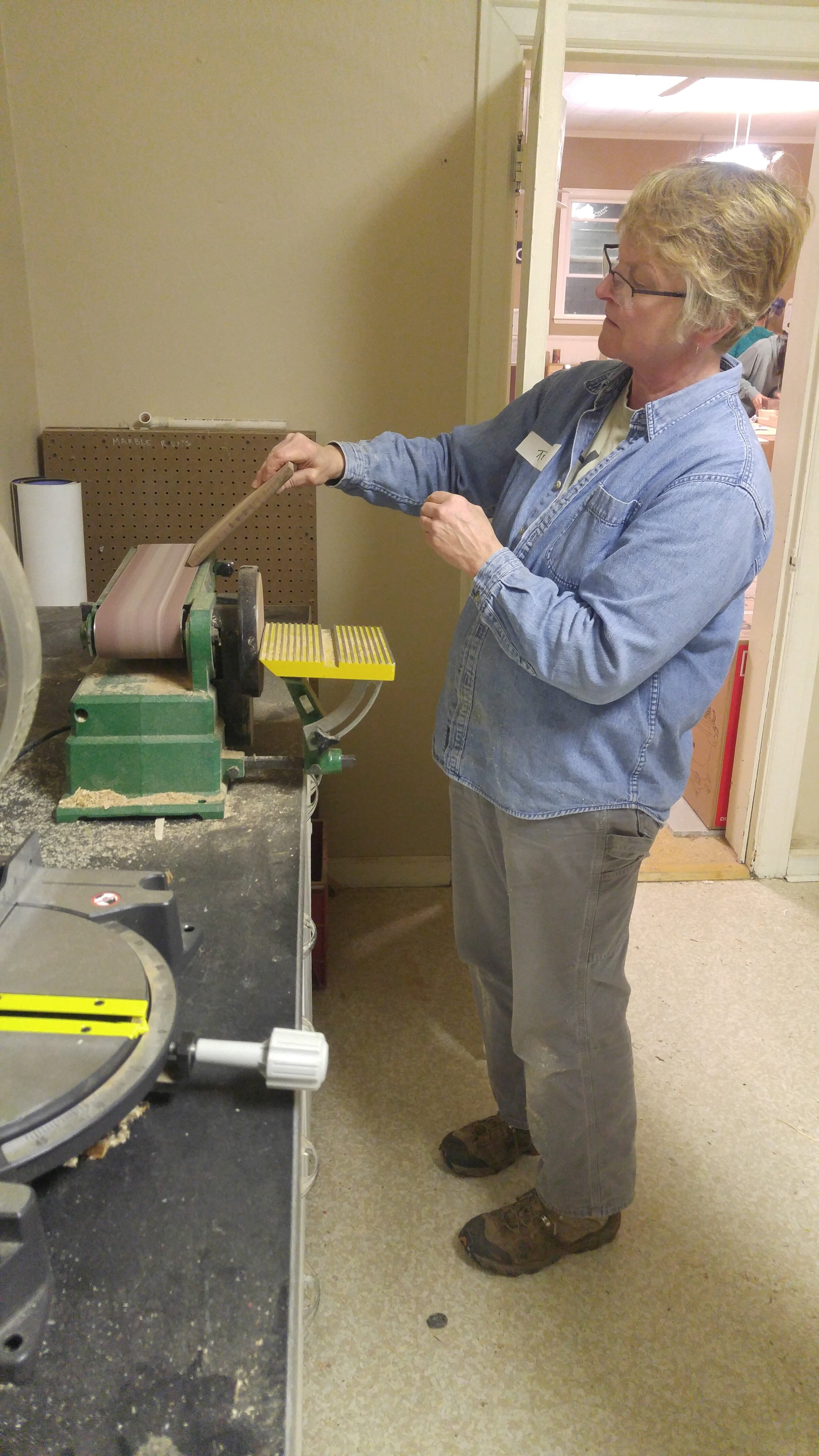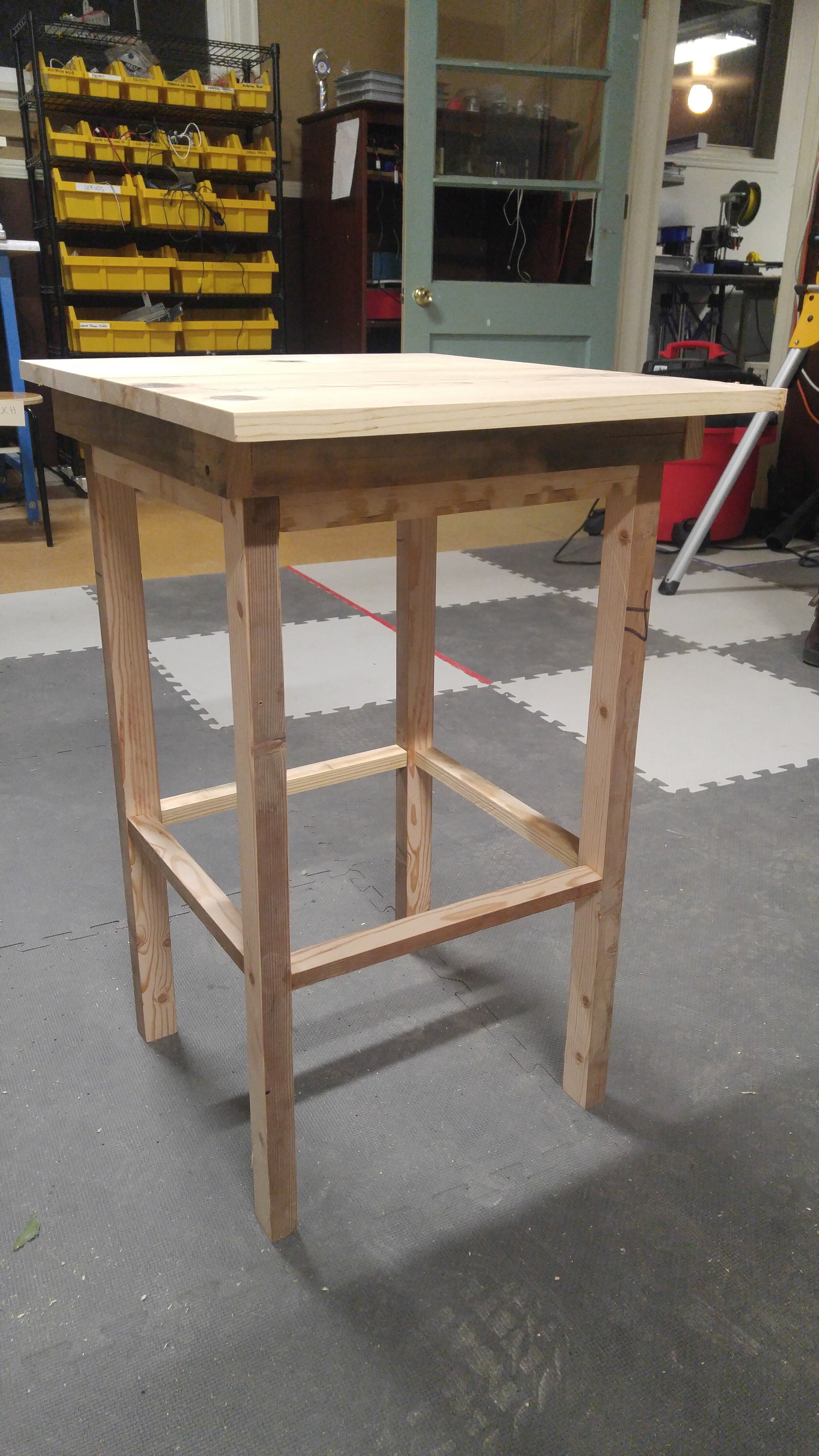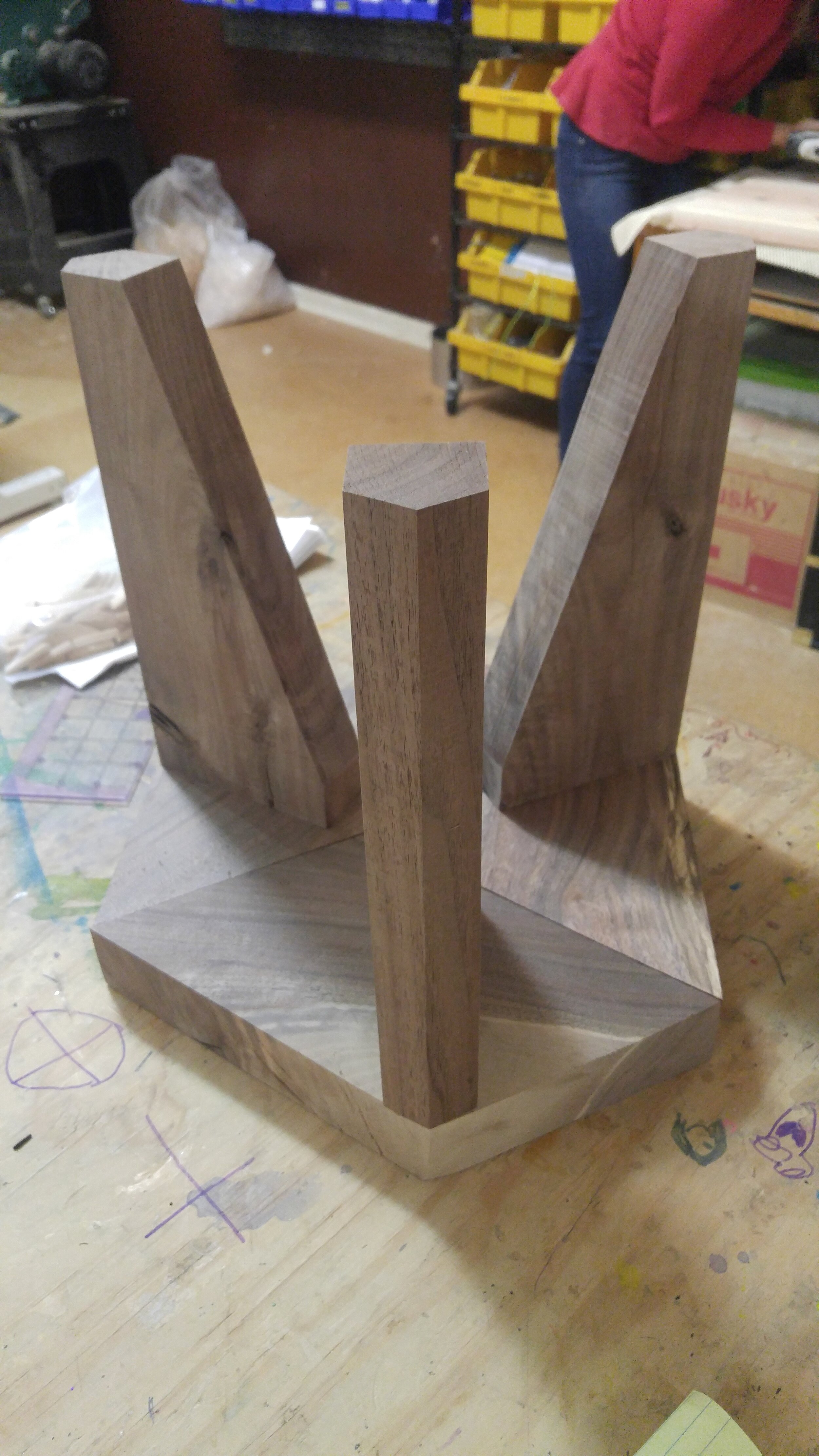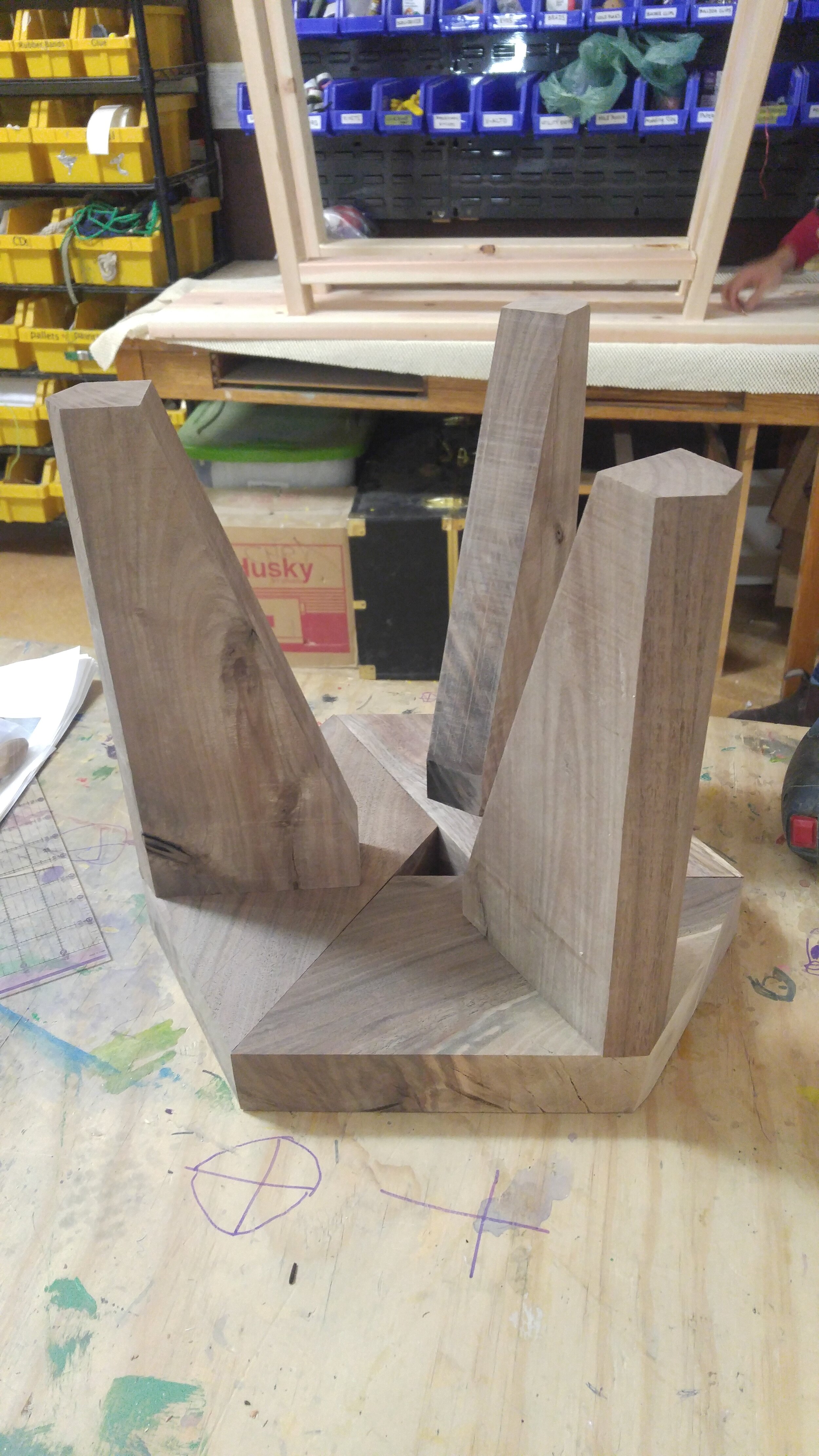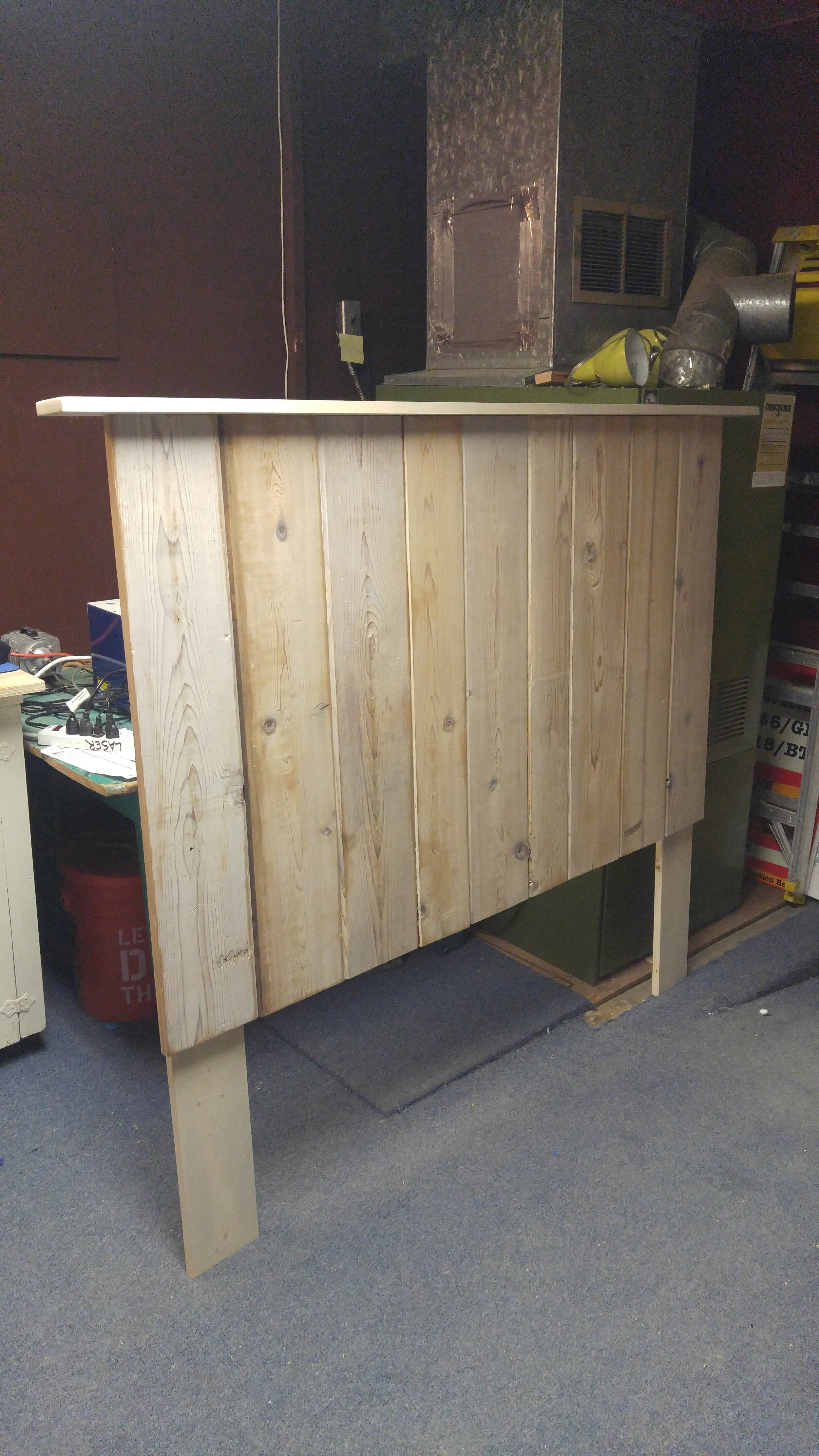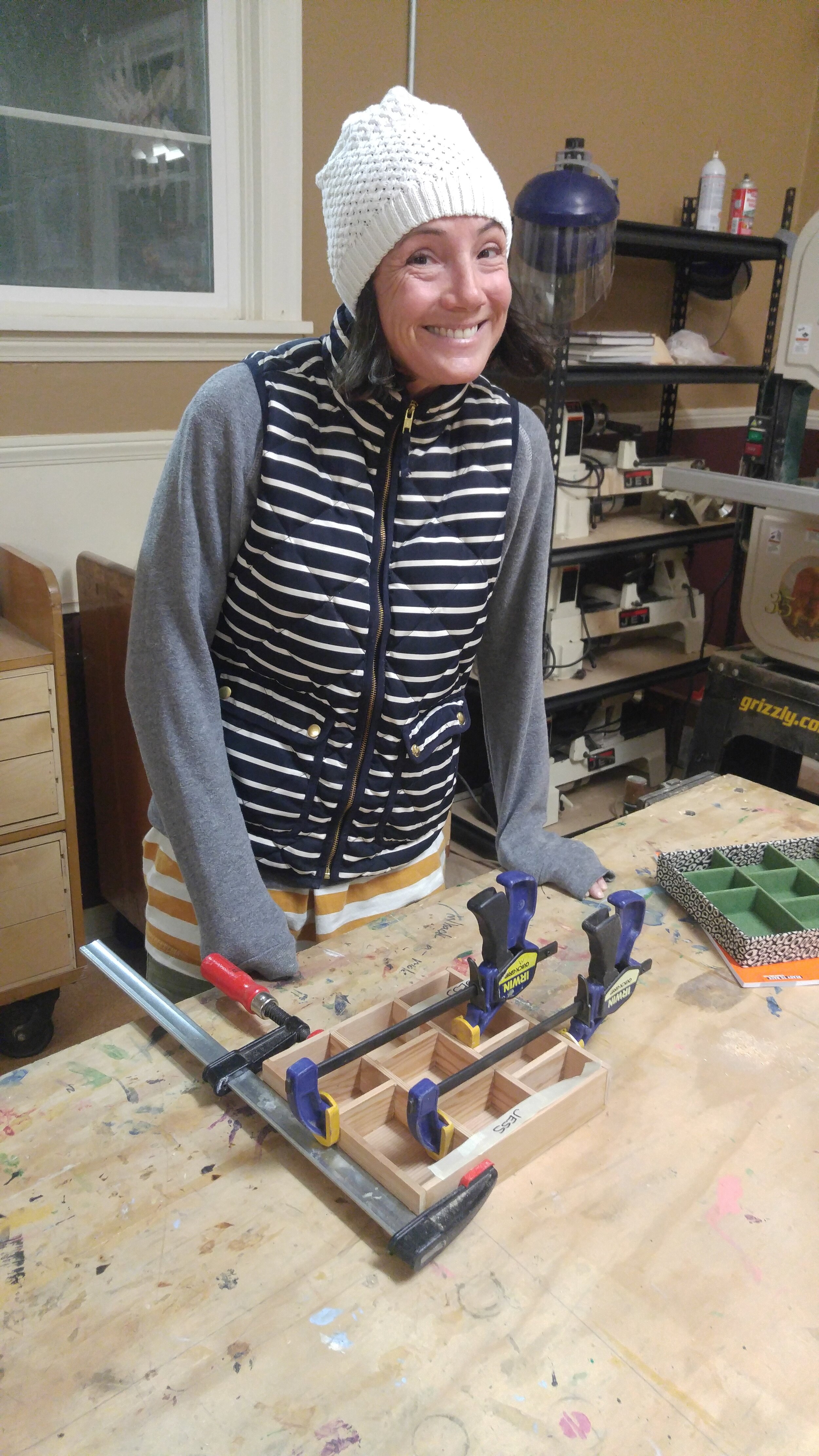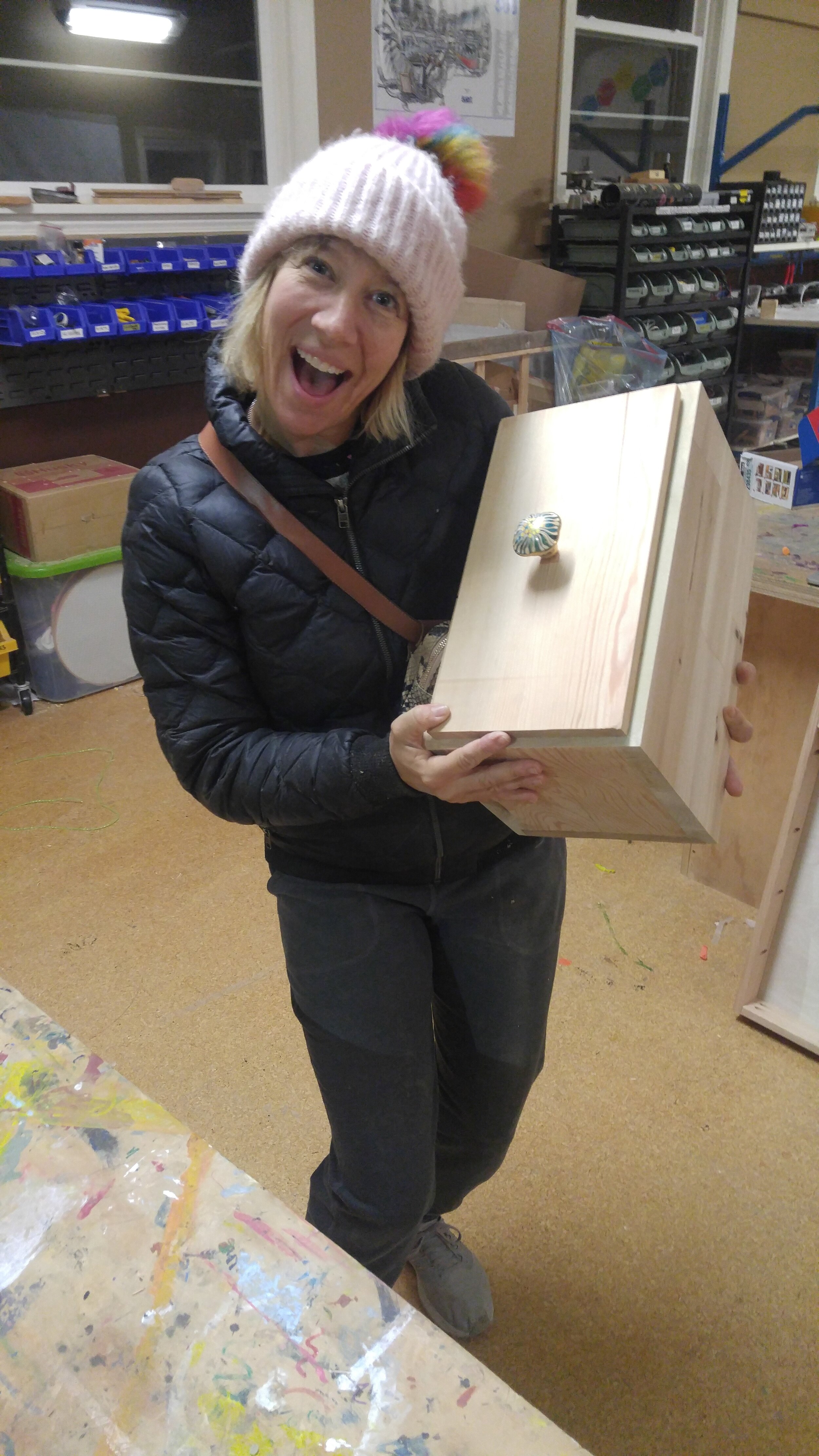Do you heat your home’s water with gas or electric heat? Chances are you have a 50 or 65 gallon tank water heater installed in your home. Let’s say that tank is 70% efficient. So for every dollar you put into water heating, 30 cents is wasted! New water heaters waste much less and are something to consider if your water heater is 10 or more years old. If you have a gas water heater, you could replace it with a 97% efficient gas tankless water heater. Then only 3 cents to every dollar is wasted. If you have an electric water heater, you could replace it with a heat pump water heater aka HPWH which is over 300% efficient! But how can that be? Well they use the heat pump technology like your fridge except instead of expelling warm air to keep your beer cold, they take in surrounding warm air to heat the water and expel cold air. Pretty cool right? Most of them have multiple modes for heating including heat pump, hybrid and vacation. Hybrid is a great option during times of higher water heating demand because it combines the heat pump action with the traditional electric resistance elements in the tank. They are also starting to include smart technology so you can monitor and control them remotely from your device!
Zero Energy Homes - ICF Construction
Here are 3 reasons ICF construction contributes to zero energy homes.
Airtight walls minimize drafts and vapor flow
Expanded polystyrene insulation creates a thermal break that minimizes heat loss during the winter and heat gain during the summer
Concrete core is a thermal mass that stores energy
DIY Art Caddy Instruction
Follow along with the video to build an art caddy with us! Grab plans on our DIY Projects page, find materials and tools at home or your local home improvement store and plan for about an hour for assembly.
Healthy Homes & Home Performance - Heating and Cooling Systems
Here are the top 5 things to know about your heating and cooling system.
Replace your filter regularly, about every 3 months depending on use
Get it serviced about once a year to ensure it is operating efficiently
Make sure any ductwork is sealed and insulated
Ensure vegetation isn’t overgrown around outside unit
Consider replacing after 15-20 years (or sooner to take advantage of newer efficient systems!)
Watch the video for more information!
Zero Energy Homes - Design Best Practices
Here are 5 design best practices for zero energy homes.
Choose a compact and simple design
Orient home on an east-west axis
Locate bedrooms to the east, kitchen to the north and living to the south/west
Reserve a minimum of 200 sq.ft. of clear south, southeast or southwest roof area for solar
Provide summer shading on south and southwest walls via vegetation or awnings
DIY Picket Frame Instruction
Follow along with the video to build a picket frame with us! Grab plans on our DIY Projects page, find materials and tools at home or your local home improvement store and plan for about an hour for assembly.
Benefits of a First-Time Home Buyer
Hello Columbia River Gorge friends! My friend Janine, a Realtor with eXp Realty, wrote a great blog post about some of the benefits of being a first-time home buyer. They include low or no down payment loans, grants and federal tax credits. In addition, she puts together a special offer package that includes interior design tips, a Home Depot gift certificate and a Home Energy Score from us! This way you can be better informed about your first home purchase beyond the upfront costs and aesthetic appearance. We are so excited to partner with Janine to provide a better home buying experience! You can read Janine’s full post here.
Healthy Homes & Home Performance Overview
How do healthy homes and home performance intersect? In this series of posts and videos, we will cover topics including indoor air quality, ventilation, space heating and cooling systems, water heating, air sealing, insulation and appliances. You will learn what things you might want to DIY and when it might be best to hire a contractor.
Zero Energy Homes Overview
Zero energy homes use renewable energy to power all of the energy loads in the home. Follow the steps below to achieve low energy loads during construction before adding renewable energy. Existing homes can be retrofitted to be zero energy as well.
Here are 12 steps to take to achieve zero energy in new construction.
Start with smart design
Orient for sun tempering
Optimize with energy modeling
Super-seal the envelope
Super-insulate the envelope
Select optimum window efficiency
Ensure clean, fresh air
Specify high-performance heating and cooling
Heat water wisely
Select high-efficiency lighting
Choose efficient appliances
Use renewable energy
Fall 2019 Women's Woodworking Wrap-Up
We just wrapped up our fall women’s woodworking series. 12 women built their own projects including cutting boards, wood art, cornhole, planter boxes, bread box, headboard, stool, tables, jewelry holder and displays. They learned how to safely use tools including the table saw, miter saw, jigsaw, bandsaw, planer, router, sanders and drill press. Check out these photos and stay tuned for our next series in the spring!
